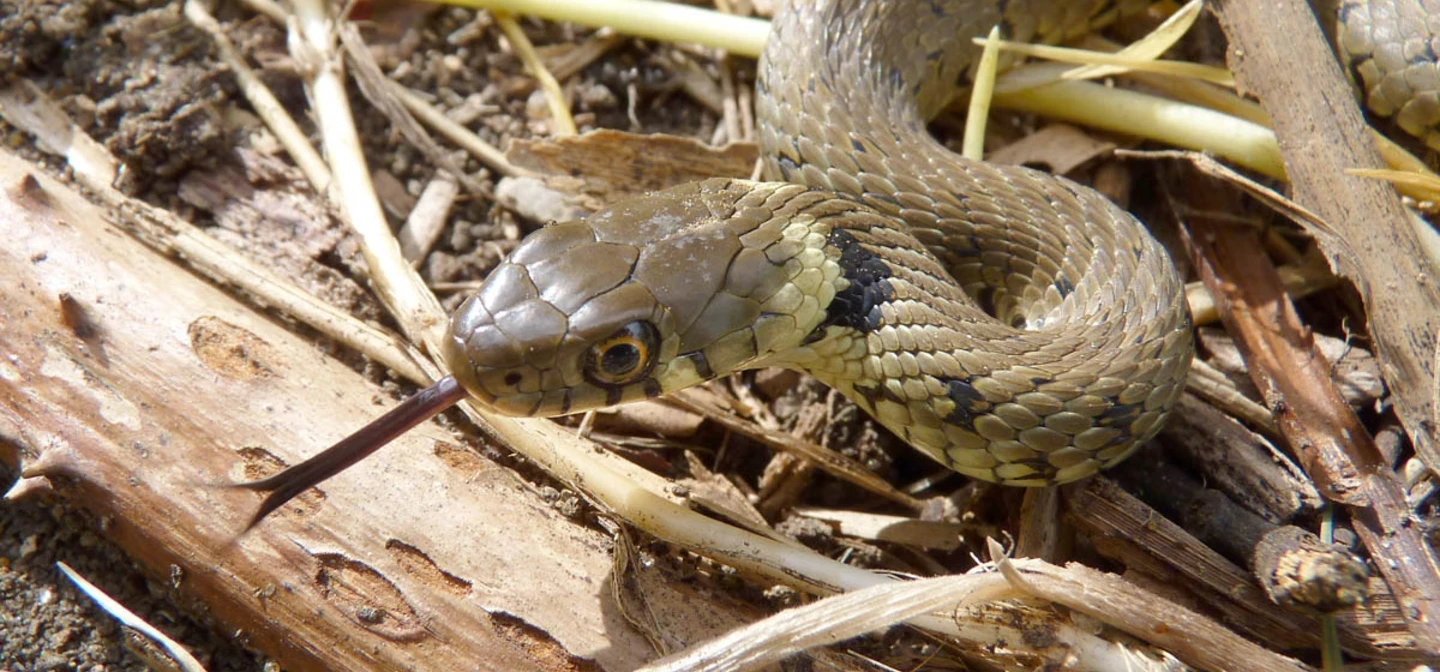
Contribute to conservation with citizen scientist wildlife watch
Thanks to players of People’s Postcode Lottery, we are launching an exciting new range of citizen science projects in Bushy Park and Richmond Park. This year, we’ll be conducting research on the parks' diverse species, including moths, small mammals and reptiles - and you’re invited to get involved!
Join us as we take a closer look at the fascinating wildlife you can expect to encounter.
Moths
We’re seeking volunteers to join our team in conducting moth trap surveys. By participating, you'll learn all about moths, gain hands-on experience with surveying techniques, and master the use of a Robinson Moth trap (which is harmless to moths).
Moths are important pollinators and can come in a range of beautiful colours and patterns. Moth populations can also be used as an indicator of ecosystem health as they rely on diverse plant species and act as key food sources for our bats. Climate change is also having a massive impact on moths, and we need to understand the populations we’ve got to work out how we can better support them. Moth's life cycles are synchronized with the plants they rely on, but the changing climate means they are now emerging at different times to these plants. This is also having an impact on the birds and bats which rely on moths as food sources.
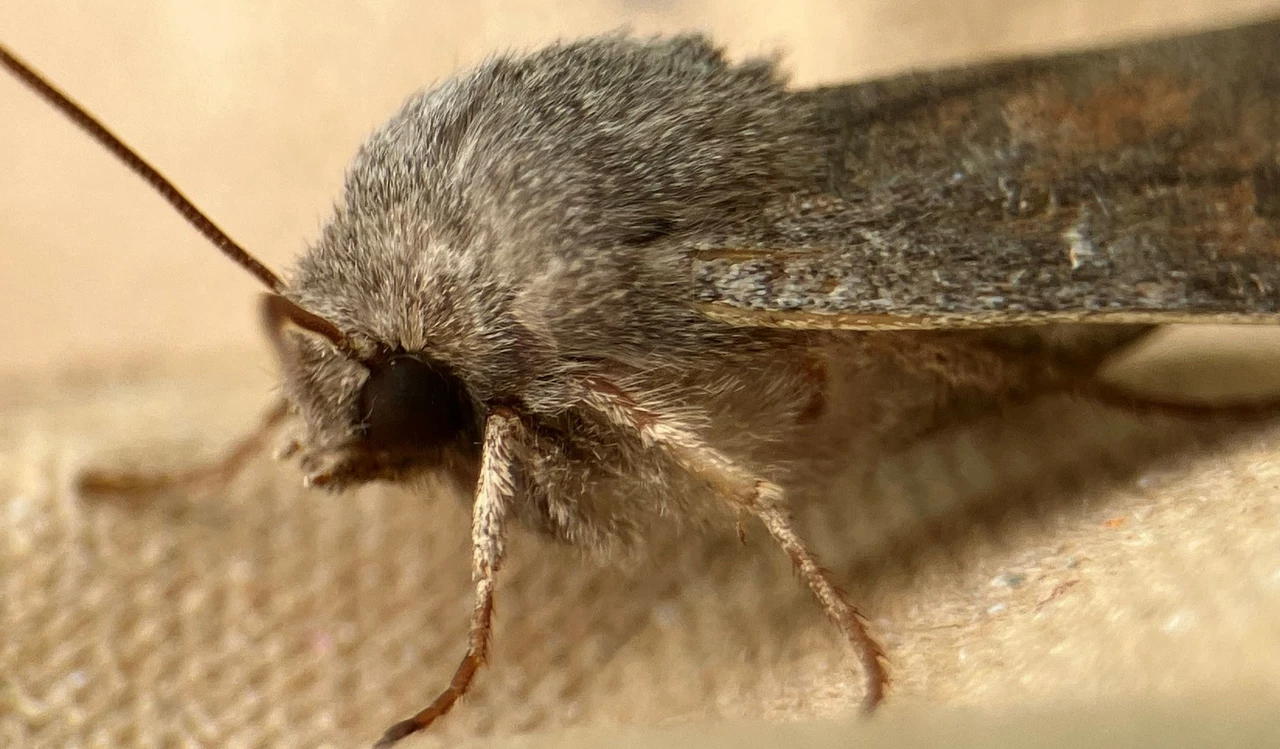
Small mammal survey
Many of the UK's small mammals play an important role in maintaining healthy ecosystems and preserving biodiversity. They are also a key part of the food chain for birds such as owls and kestrels.
We’ll be collecting up the humane mammal traps set out the night before and then identifying, counting, potentially sexing, and releasing the mammals captured.
Mice
There are two main types of mice that we expect to find in Richmond Park and Bushy Park, the common wood mouse (Apodemus sylvaticus) and the yellow-necked mouse (Apodemus flavicollis). Our small mammal surveys could help us understand whether the parks would be suitable receiving sites for a harvest mouse reintroduction project – so there is a chance we might find those here at some point in the future too!
Mice are key food sources for owls and rely on nuts and berries for overwintering food stocks. Yellow-necked mice can jump up to 2m high.
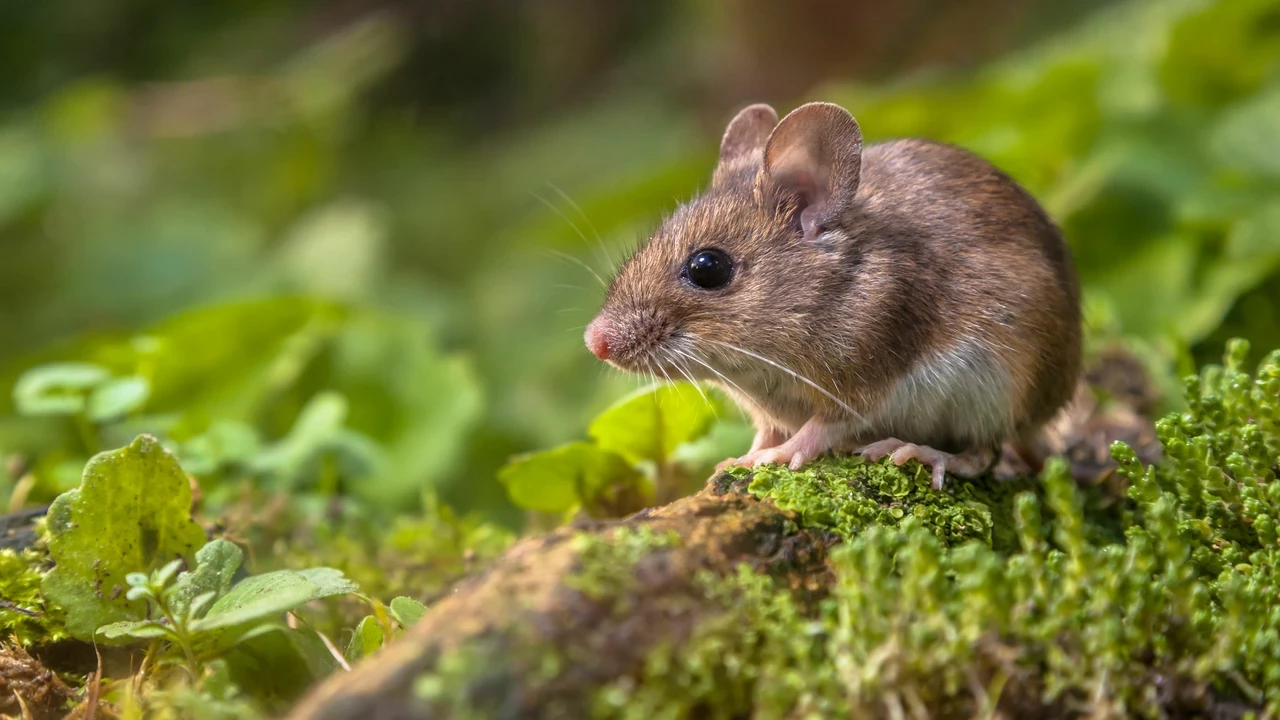
Shrew
There are three types of shrew in the UK, and we’re really keen to find out which ones we’ve got in Richmond Park and Bushy Park!
We’re most likely to find common shrew (Sorex araneus) but might find their smaller cousin the pygmy shrew (Sorex minutus) or even their larger cousin the water shrew (Neomys fodiens).
Shrews are protected species and feed entirely on insects – pygmy shrews can eat 125% of their body weight in insects in a single day!
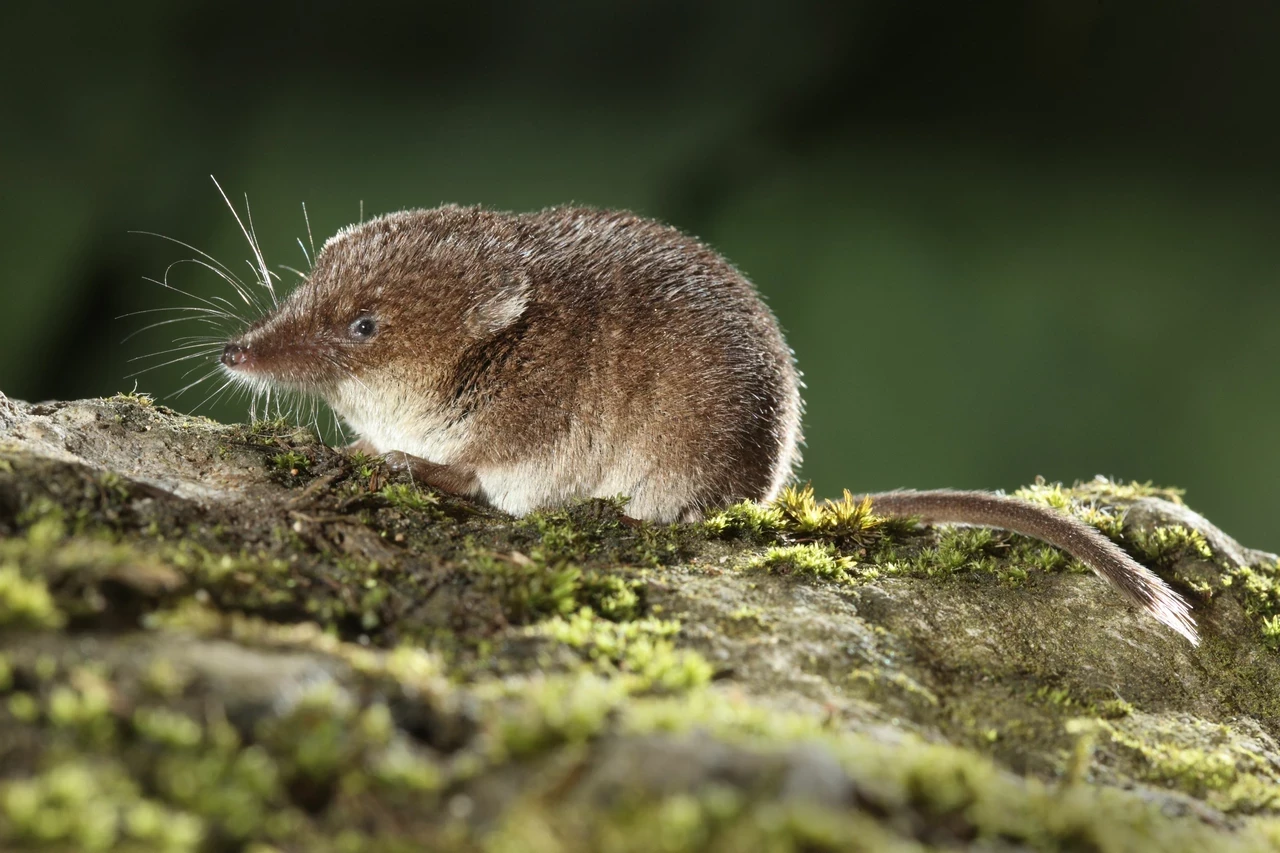
Vole
Though many people don’t know about them, the field vole (Microtus agrestis) is actually a really common small mammal in the UK. We are also hoping to find their even smaller cousins the bank voles (Myodes glareolus). We unfortunately don’t expect to find their larger cousin the water vole (Arvicola amphibius), which is a priority species, during these surveys because they don’t fit through the humane trap entrance and we also know we have American mink present along the waterways.
You can tell the difference between a mouse and a vole by looking at the shape of their face (voles have quite blunt noses and small ears whereas mice have pointed faces and larger ears). Voles also have shorter tails, with the field vole's tail being about 1/3rd the length of its body.
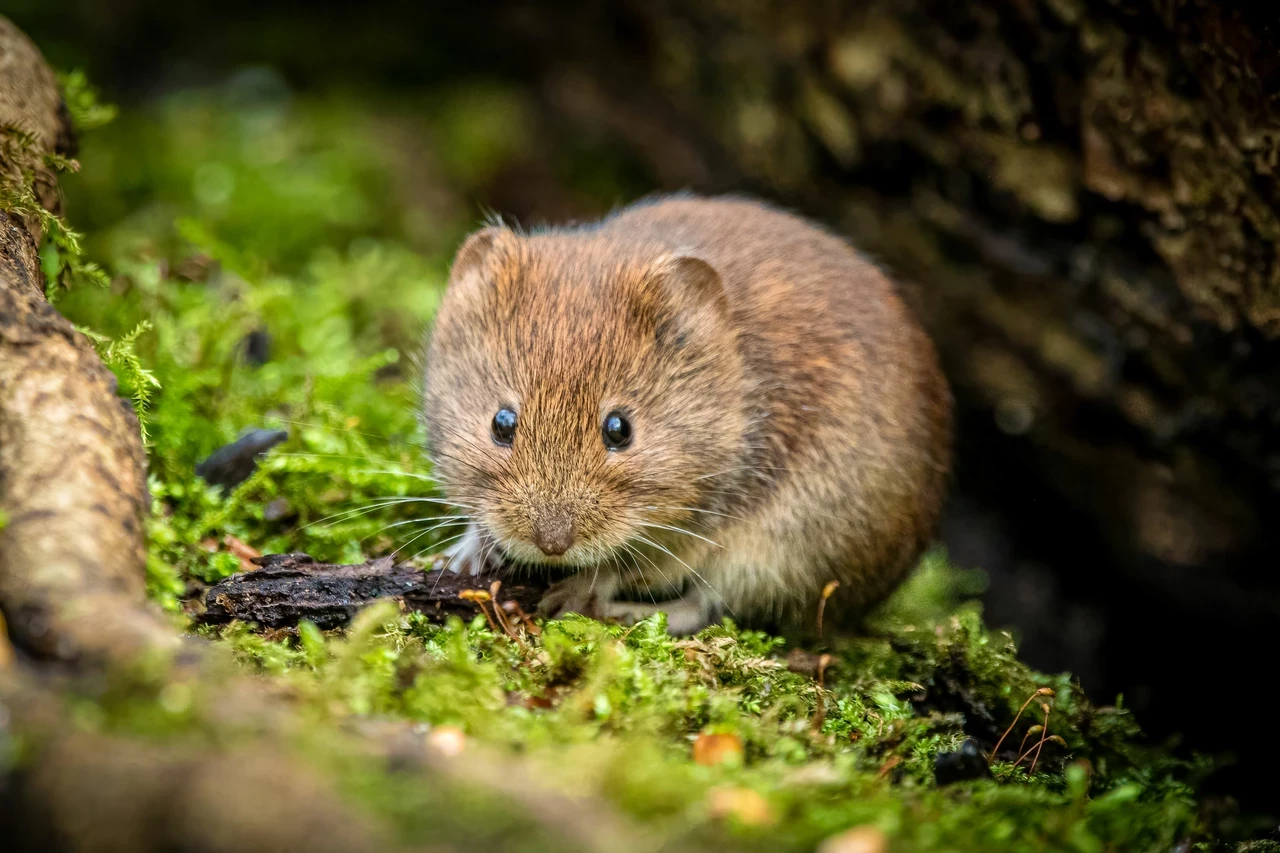
Weasel
If we’re lucky, we might manage to spot our smallest mustelid – a weasel (Mustela nivalis). These charismatic mammals are related to stoats, otters and pine martens, and love to eat both mice and voles!
Weasels and stoats look quite similar, to tell them apart look at how they move – while stoats leap and jump, weasels run. Stoats are also larger and have a black tip to their tail.
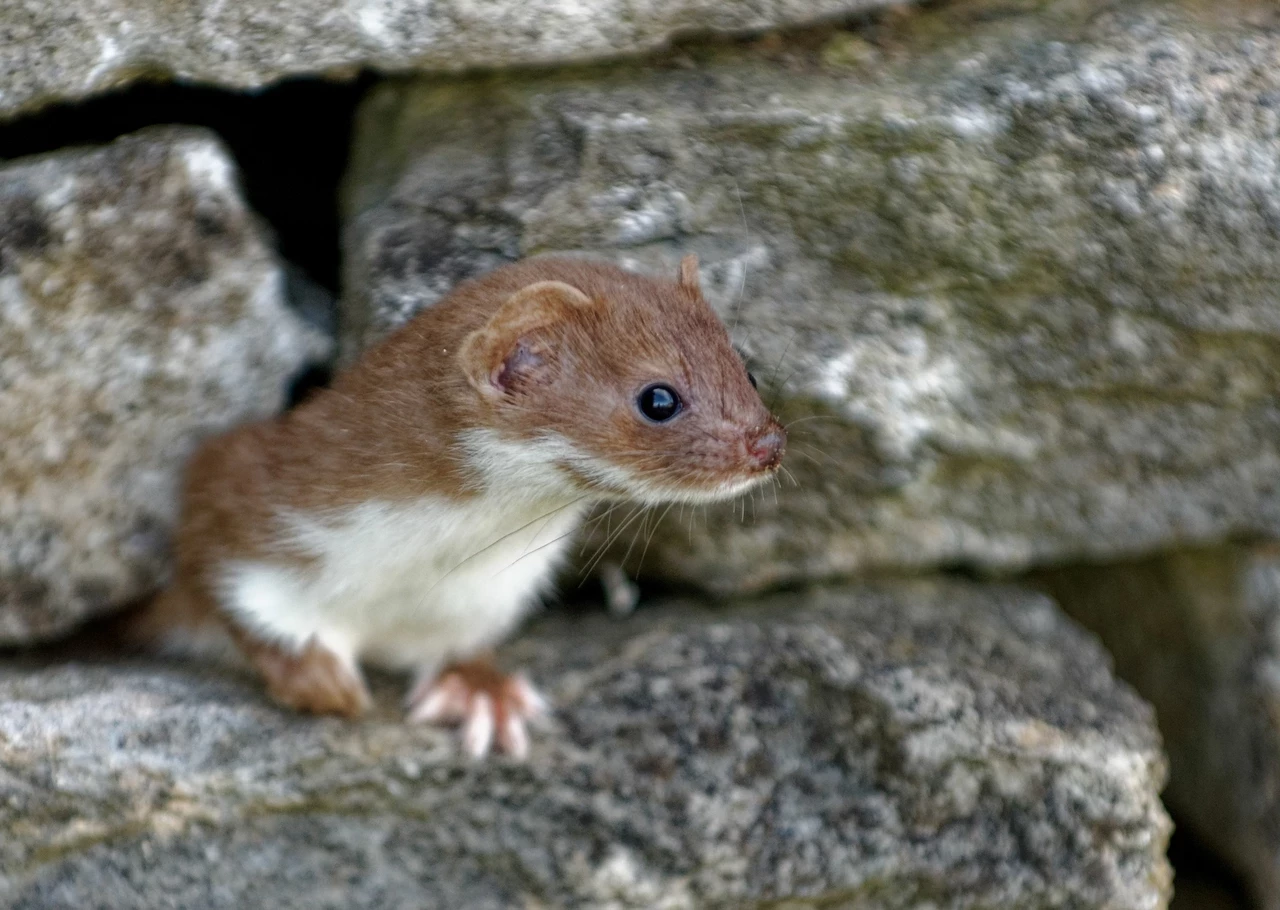
Reptile survey
Reptiles are highly vulnerable to the climate emergency as they have a very narrow range of optimal climates.
Join our ecologist on a long romp through the park visiting our Reptile Refugia sites to see if they are in use. We’ll be carefully checking the refugia and identifying/counting reptiles before leaving them in peace again.
Snake
Grass snakes (Natrix Helvetica) are the UK’s largest native species of snake! While large, they are not dangerous or aggressive. With their distinctive yellow collars and piano key marked bellies, grass snakes are not venomous and are actually very shy. They’ll often be hiding away beneath logs and are normally only spotted when basking in the sun.
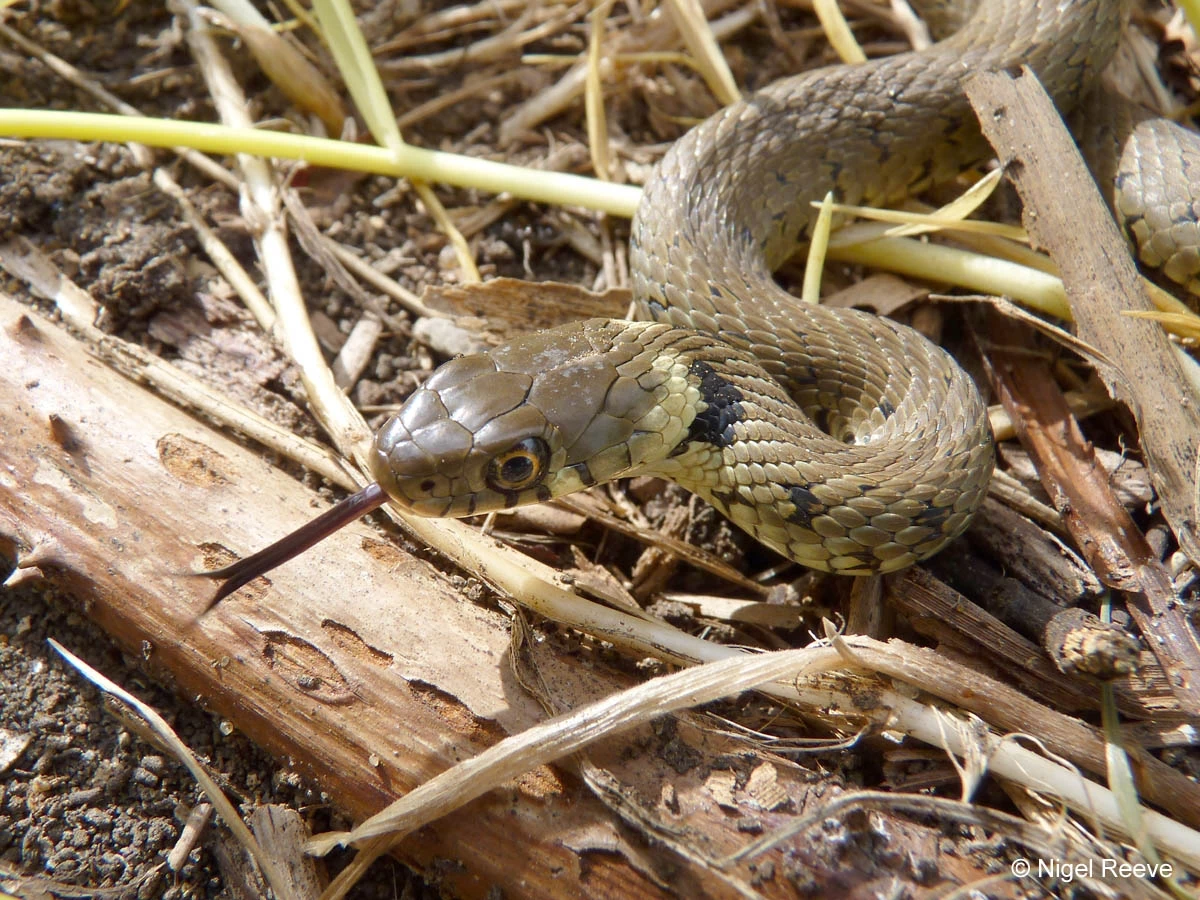
Lizard
There are two potential lizards we might find in our surveys, the common lizard (Zootoca vivipara) which is a protected species and our commonly misunderstood slow worm (Anguis fragilis) which, despite looking like a snake, is actually a legless lizard!
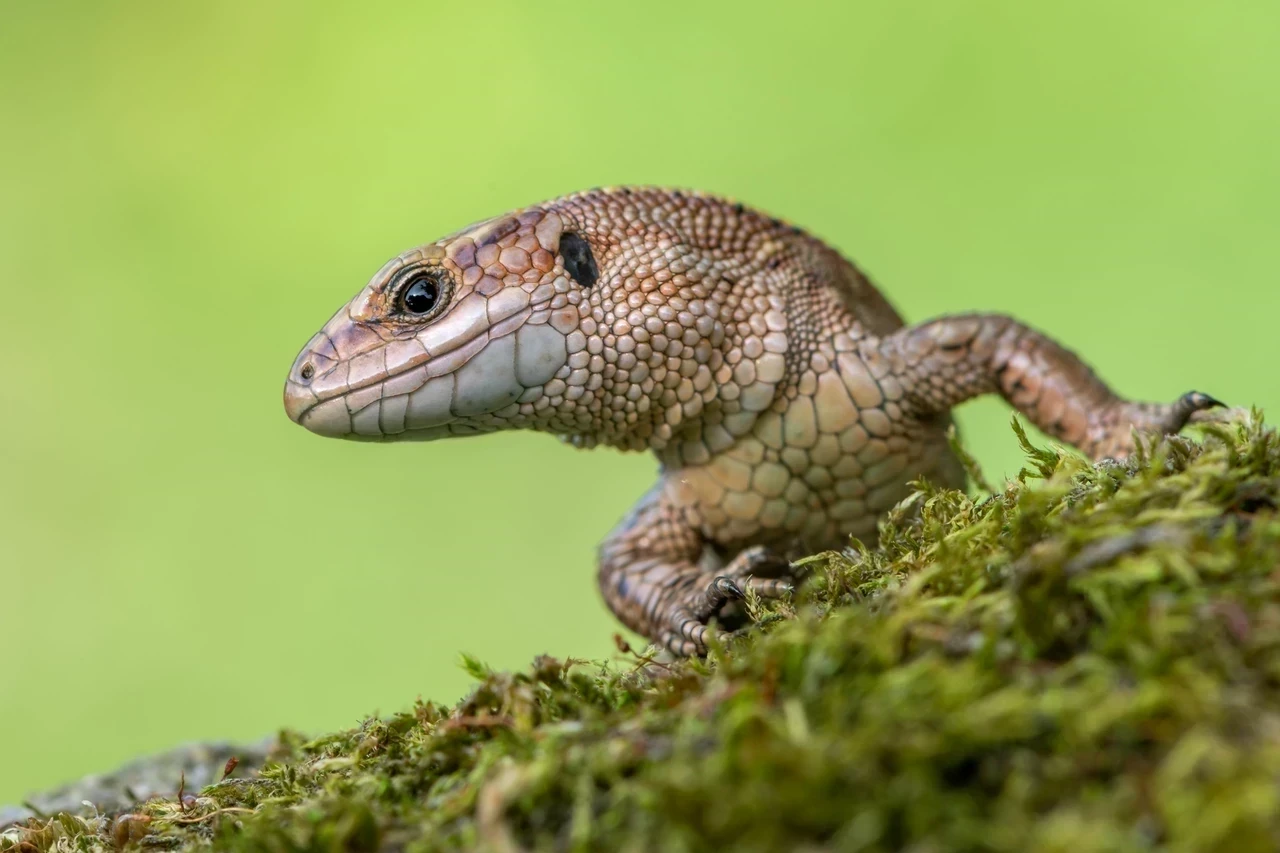
A unique experience
Learn more by signing up for The Wildlife Survey Collection.
These sessions are free and made possible thanks to People’s Postcode Lottery players who have raised over £6.2 million to help the Royal Parks charity support nature for future generations.
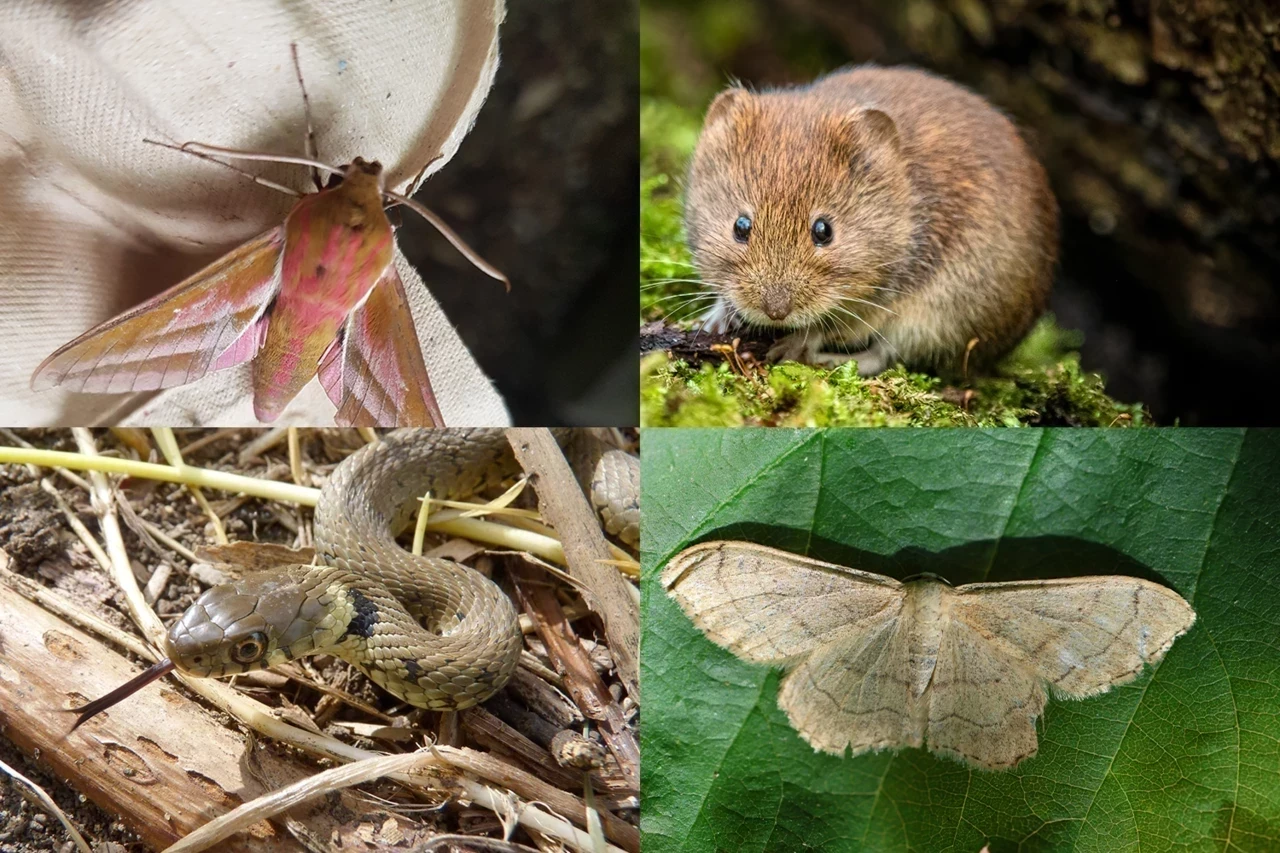
Related Articles
-
 Read
ReadExplore the Royal Parks with Help Nature Thrive's bug trails
These self-led walks will help you discover more about our conservation initiatives and introduce you to some of the Parks smallest inhabitants.
-
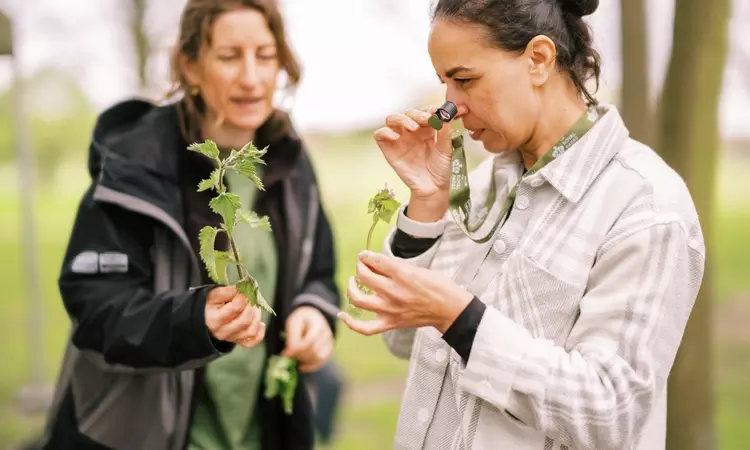 Read
ReadThe wonderful weeds of The Royal Parks
Resident expert Gemma Hindi from the Help Nature Thrive team shares her knowledge, passion and experience of the ecological importance of weeds.
-
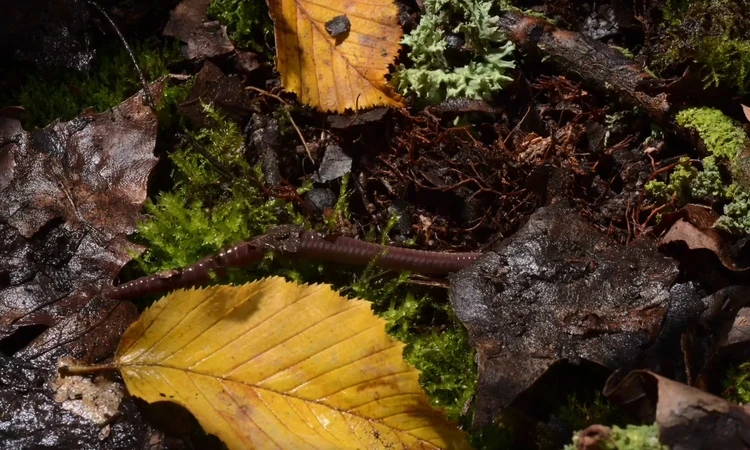 Read
ReadSoil is Alive
The Royal Parks is unearthing the value of our soils, through an action plan of research, conservation and landscape management within the Parks.